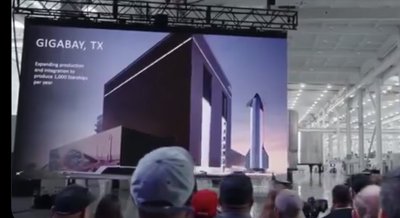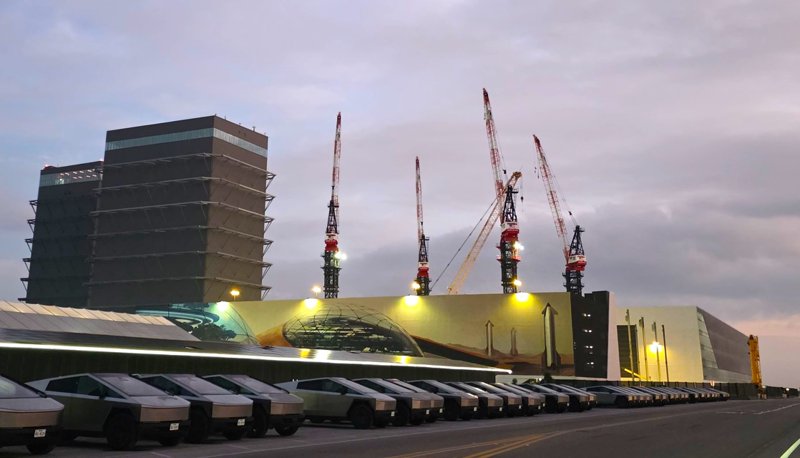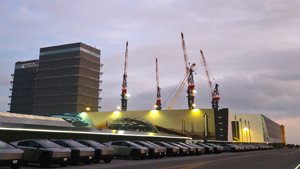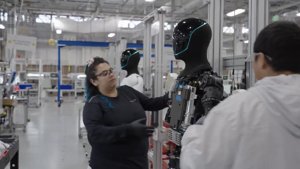In the grand, slightly unhinged tradition of erecting colossal concrete cathedrals for the most ambitious of human endeavours, SpaceX is currently busy conjuring up a new, rather chunky £200 million facility at its Starbase site in sun-baked South Texas. It’s been rather aptly christened the “GigaBay,” because, well, everything’s a ‘Giga’ something these days, isn’t it? According to the company’s official paperwork, this 700,000-square-foot industrial leviathan is designed to utterly turbocharge the manufacturing, integration, and refurbishment of those rather fetching Starship rockets. These, of course, are the very vehicles Elon Musk intends to use to shuttle autonomous robots—and eventually, if all goes to plan and nobody spills their tea, actual humans—off to Mars.
The stated production target for the GigaBay is, in typical Muskovian fashion, a figure so eye-wateringly ambitious it borders on the fantastical: an “up to 1,000 rockets per year.” While that number sounds less like a manufacturing goal and more like something plucked from the fever dream of a particularly enthusiastic spreadsheet, it signals a crystal-clear intent. SpaceX is dead set on transforming rocket production from a painstaking, bespoke craft into something akin to an automotive-style assembly line, churning out Starships like Ford Escorts. Construction is already well underway, with the completion date optimistically pencilled in for December 2026. Once finished, this facility is set to be one of the world’s most enormous industrial structures, boasting 24 work cells and cranes with the sheer grunt to hoist a staggering 400 tons.

Why Is This Important?
The GigaBay isn’t just another shiny new shed; it represents a seismic shift in the very economics and logistics of space travel. Historically, rockets have been low-volume, high-cost machines, lovingly handcrafted like bespoke suits for the cosmos. By applying the “gigafactory” mass-production model to rocketry, SpaceX isn’t just aiming for more rockets; it’s gunning for a fleet of reusable Starships so vast it could genuinely establish a self-sustaining city on another planet. This isn’t merely about building; it’s about industrialising interplanetary transport on a scale that would make Henry Ford blush. If they pull this off, the notion of a multi-planetary humanity could well morph from a quaint science-fiction trope into a rather large, incredibly exciting logistical challenge, just waiting to be cracked by an absurdly enormous factory in the heart of Texas.






